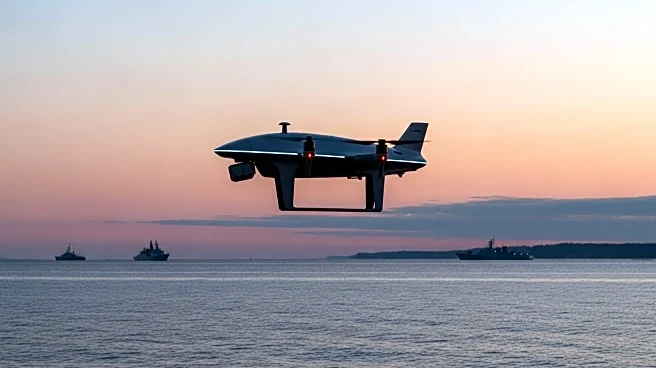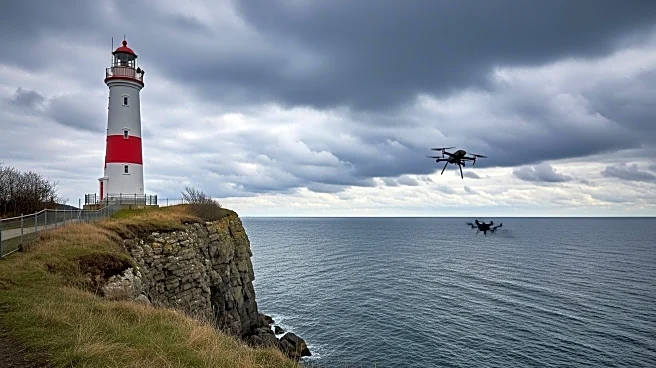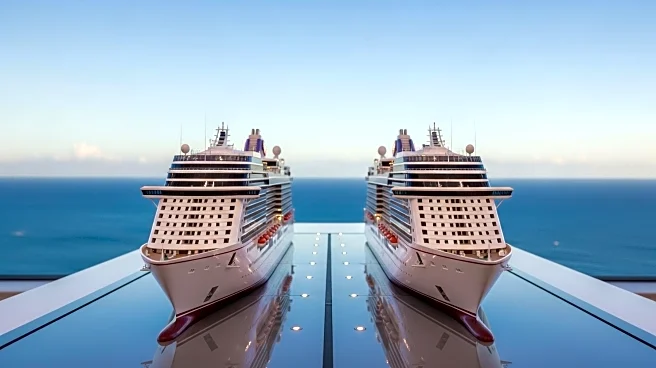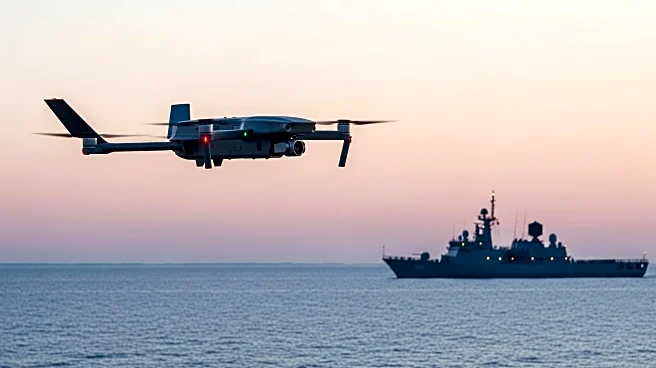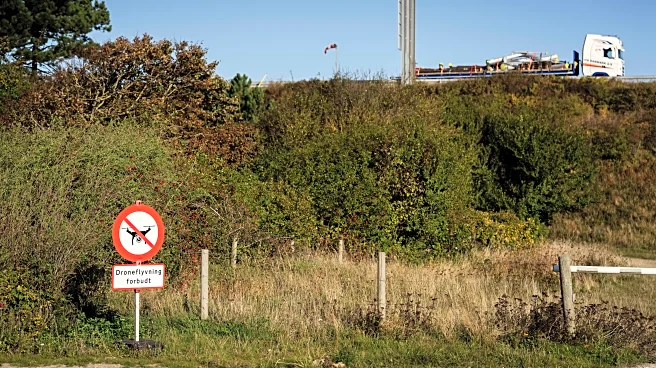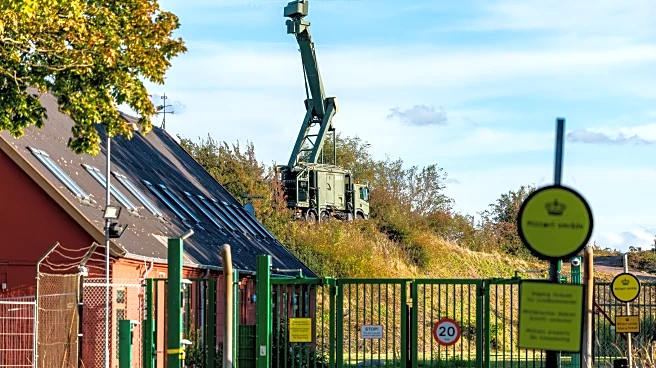What's Happening?
Aker Arctic has completed research on a new design methodology for icebreaker hulls, which has been accepted into the Finnish-Swedish Ice Class Rules and adopted by several Class Societies. This innovative approach extends the modeling of steel plate and reinforcements beyond elastic properties to include plasticity, ensuring structures do not fracture after deforming. The methodology allows for simpler hull designs with fewer brackets and reduced steel weight, achieving savings of 100 to 300 tons in typical icebreakers. This reduction in steel weight not only simplifies construction but also offers environmental benefits by lowering CO2 emissions associated with steel production. The first vessel project using this methodology is the Aker ARC 130 S Baltic Sea escort icebreaker for the Swedish Maritime Administration, with Lloyd’s Register evaluating and approving the methodology.
Why It's Important?
The development of this new icebreaker design methodology is significant for several reasons. It offers a more efficient and environmentally friendly approach to icebreaker construction, reducing the steel weight and associated CO2 emissions. This innovation could lead to cost savings and increased cargo capacity for icebreakers, enhancing their operational efficiency. Additionally, the methodology provides a more accurate prediction of structural behavior under ice loads, improving safety margins and reducing the risk of structural failure. The adoption of this methodology by classification societies and its integration into international rules could set new standards for icebreaker design, influencing future vessel construction and environmental policies.
What's Next?
Aker Arctic continues its research to refine icebreaker design standards further. A new study using the nonlinear methodology examines how hull shape influences ice loads, aiming to optimize hull structure and increase cargo capacity. This research is expected to improve icebreaking vessel design standards, including the Polar Class rules and the Finnish-Swedish Ice Class Rules. The ongoing procurement process for the Aker ARC 130 S Baltic Sea escort icebreaker and the construction of the Canadian Polar Icebreaker are key projects that will demonstrate the practical application of this methodology.
Beyond the Headlines
The adoption of Aker Arctic's methodology could have broader implications for the maritime industry, particularly in regions where ice navigation is critical. By improving the efficiency and environmental impact of icebreakers, this innovation could contribute to more sustainable maritime operations in polar regions. Additionally, the methodology's focus on plasticity and structural safety could influence design practices in other types of vessels, promoting a shift towards more resilient and environmentally conscious engineering solutions.

